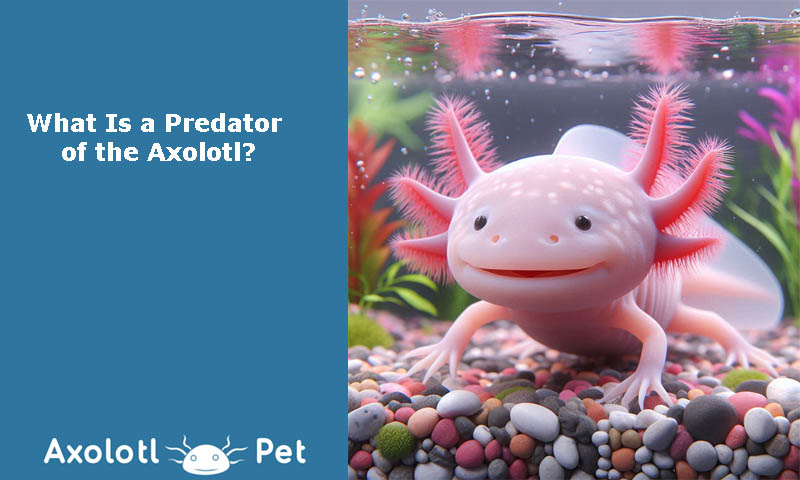What is a Predator of the Axolotl?
The primary predators of axolotls in the wild are birds such as herons and large fish. While their primary predators are limited, the introduction of invasive species and habitat changes have amplified threats to their survival. Below is a detailed explanation of their predators:
1. Birds
- Herons: Herons are among the most common natural predators of axolotls. These wading birds have long legs and sharp beaks, enabling them to hunt in shallow waters. Axolotls often come to the water’s surface to breathe or feed, making them easy targets for herons.
- Egrets: Similar to herons, egrets also feed on small aquatic creatures. Their ability to stand still and strike quickly makes them effective predators of axolotls in shallow or open waters.
2. Fish
- Invasive Species: Large fish like tilapia and carp, introduced to the axolotl’s native lakes by humans, pose a dual threat:
- Direct predation: These fish consume axolotl eggs and juveniles, significantly reducing their reproductive success.
- Competition: These species compete with axolotls for resources like small aquatic organisms, putting additional pressure on their populations.
3. Humans
- Indirect Predation: Humans do not typically hunt axolotls as food, but they have contributed to their decline by:
- Introducing invasive species (e.g., fish like tilapia and carp) into the lakes.
- Destroying or polluting axolotl habitats through urbanization, agriculture, and waterway alterations.
- Overfishing: Historically, axolotls were considered a delicacy in some regions of Mexico, leading to their harvest for consumption.
4. Other Aquatic Predators
- Large Aquatic Invertebrates: Certain predatory insects, such as dragonfly larvae, may prey on axolotl eggs and newly hatched juveniles. While these are not major predators for adult axolotls, they still contribute to population challenges during the early stages of life.
5. Amphibians and Reptiles
- Although less common, larger amphibians or aquatic reptiles within the same ecosystem could theoretically prey on axolotls or their eggs.
Factors Amplifying Threats
- Loss of Habitat: Lake Chalco has been drained entirely, and Lake Xochimilco is now highly fragmented, reducing the areas where axolotls can hide from predators.
- Pollution: Contaminated water weakens axolotls, making them more susceptible to predation.
- Limited Mobility: Axolotls lack the ability to flee predators efficiently due to their relatively slow swimming speeds and reliance on camouflage for defense.
In their now-restricted habitat, the combination of natural predators and human-induced changes has left axolotls critically endangered. Conservation efforts aim to restore their habitat and control invasive species to reduce these threats.




-0 Comment-